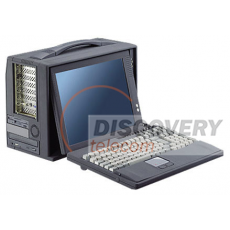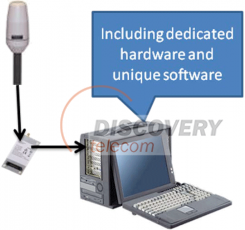 Print
Print

Advanced Interception Systems.
Intelligence and surveillance
E-mail: info@intercept.ws
Thuraya Tactical Satellite Interceptor (TTI)
|
|
Thuraya Tactical Satellite Interceptor (TTI)
One platform for Thuraya and Iridium 
You can make Iridium from Thuraya system and vice versa by purchasing an additional license
Thuraya Tactical Satellite Interceptor can monitor
TTI is a rapidly deployable system for monitoring communications on the Thuraya satellite mobile communications systems. Call interception is passive, and thus not detectable by either the mobile user or the satellite network.
TTI Key features
TTI Services
• Interception of voice communication;• Interception of Facsimile communications;
• Interception of short text messages;
• Interception of data transmitted between terminals of the system;
• Interception of call related information;
• Defining of geographical position of Thuraya terminals;
• Continued (24/7) operation, processing and storage of information;
• Full‐range and flexible retrieval of stored information on the user demand;
• Issuing of reports and recommendations based on stored information assessments.
TTI structure
The system consists of a receiver, a control unit (laptop) and an antenna kit.
The receiver is designed to receive and amplify the signal, and the computing part is for processing and storing intercepted data
Thuraya Tactical Satellite Interceptor detailed components list
a. TTI‐RF‐L The subsystem receives and amplifies high‐frequency signal which comes from a L‐band satellite antenna and rely it to processing subsystem TTI‐P.
b. TTI‐RF‐L‐M The system is similar to the TTI‐RF‐L but used for configuration with multiple L‐band antennas and works in conjunction with TTI‐P‐M subsystem.
c. TTI‐P The subsystem is for processing of communication signals relied from TTI‐RF‐L and TTI‐RF‐L‐M subsystems. It identifies communication sessions and carries out other necessary functions related to data processing, as well as storage and processing of accumulated data.
d. TTI‐P‐M The subsystem is for processing of communication signals relied from TTI‐RF‐L‐M subsystem. For full operation of entire system a communication link with TTI‐P subsystem will be required.
Antennas
*Detailed documentation is available to registered partners with STS status
www.intercept.ws
Please check prices and availability of equipment.

